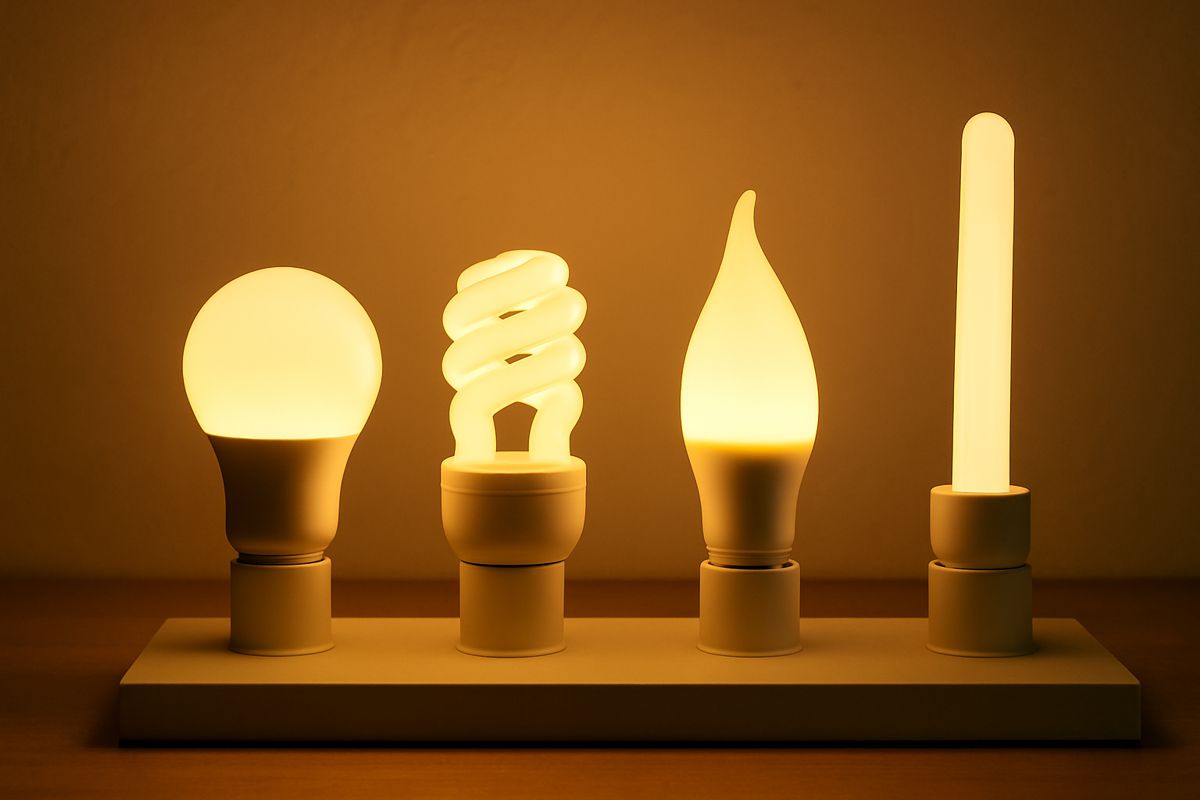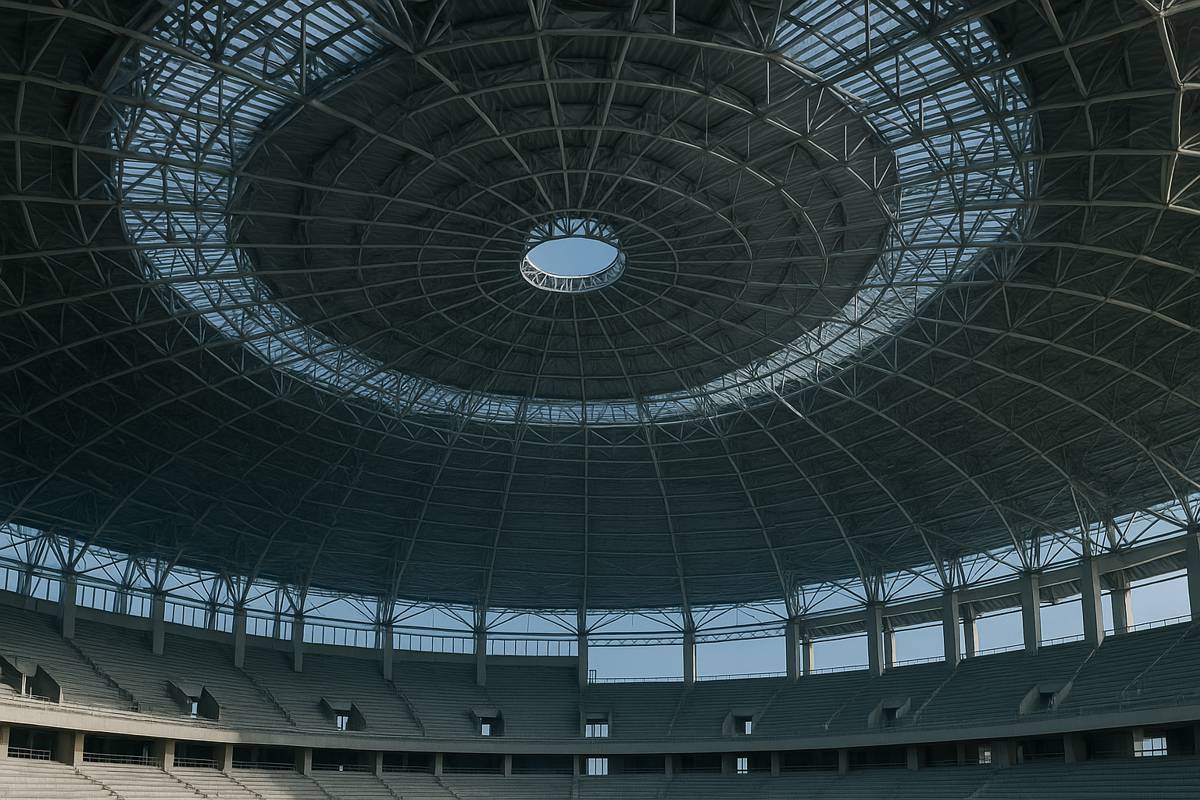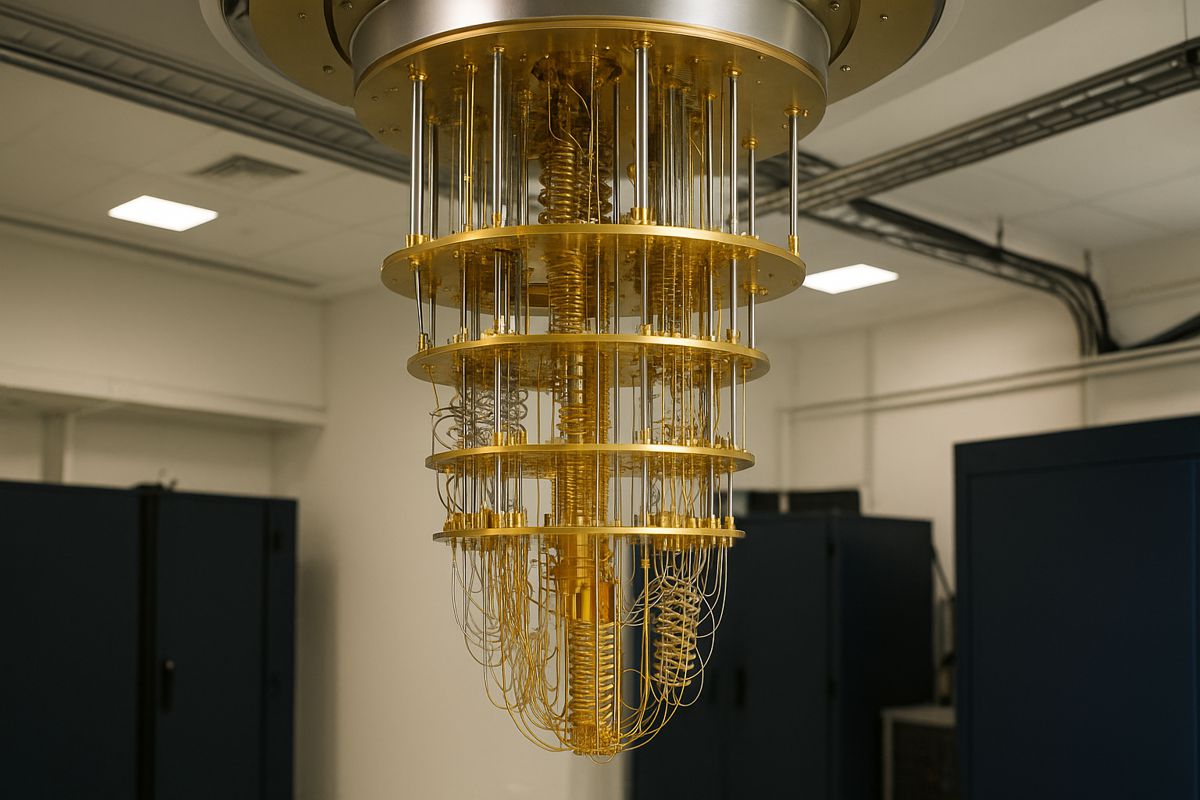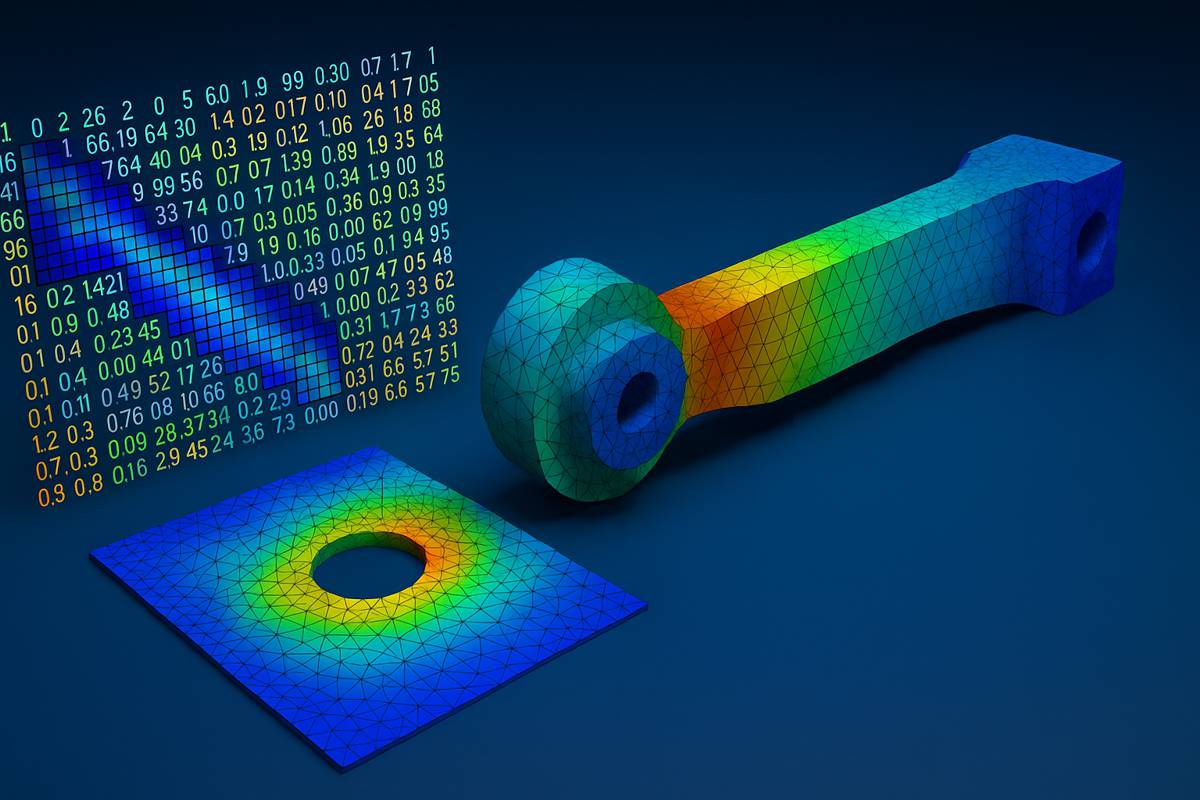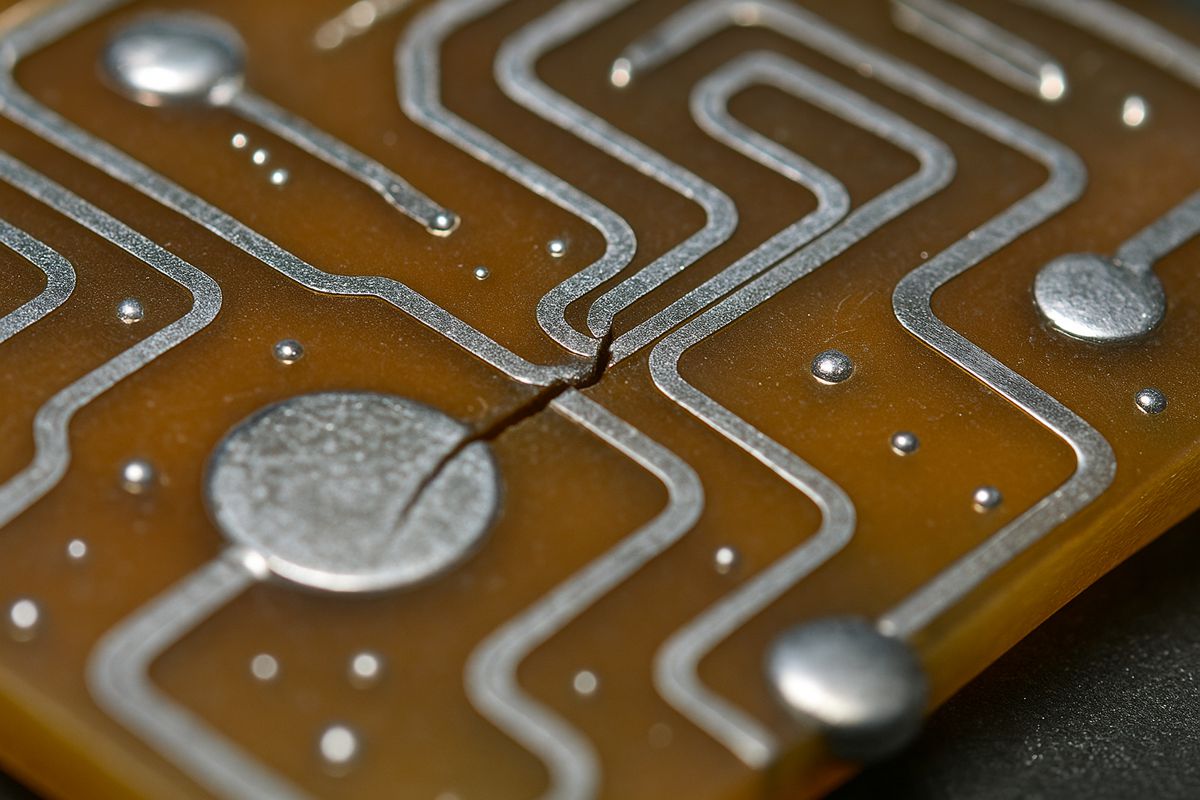The Rise of Ultra-Thin Quantum Dot LEDs
Light bulbs have evolved remarkably since Edison’s filament first flickered to life, but innovation in form has long lagged behind function.
Today, researchers from China have unveiled a leap forward, a paper-thin light-emitting diode (LED) that emits a soft, sun-like glow. Reported in ACS Applied Materials & Interfaces, the breakthrough could pave the way for next-generation lighting and display technologies designed to be gentler on human eyes and circadian rhythms.
“This work demonstrates the feasibility of ultra-thin, large-area quantum dot LEDs that closely match the solar spectrum,” explained Xianghua Wang, one of the study’s corresponding authors. “These devices could enable next-generation eye-friendly displays, adaptive indoor lighting, and even wavelength-tuneable sources for horticulture or well-being applications.”
Mimicking Nature’s Perfect Light
Humans naturally crave the warmth and comfort of daylight. For decades, engineers have tried to replicate it through artificial light sources, but many solutions fall short of the full solar spectrum. Most indoor lighting skews heavily towards blue wavelengths, known to interfere with melatonin production and disrupt sleep cycles.
Earlier innovations relied on flexible LEDs embedded with phosphorescent dyes to create candle-like tones, but these lacked the precision and energy efficiency needed for modern applications. The Chinese research team instead turned to quantum dots, nanoscale semiconductor particles capable of emitting highly tuneable colours when electrically excited.
The Science Behind the Glow
To achieve a light source that mirrors natural sunlight, the scientists synthesised red, yellow-green, and blue quantum dots encapsulated in zinc-sulphur shells. By fine-tuning the ratios, they matched the sun’s emission spectrum more closely than any previous LED technology. The resulting quantum dot mixture was then layered onto a glass substrate coated with indium tin oxide, a transparent and conductive material commonly used in touchscreens and solar cells.
They carefully built up multiple ultra-thin layers: conductive polymers, the quantum dot mixture, metal oxide particles, and finally a reflective aluminium or silver layer. The result was a QLED (Quantum Dot Light-Emitting Diode) thinner than wallpaper, with the quantum dot layer itself measuring just tens of nanometres thick.
Performance that Shines
Initial trials revealed that the QLED performed best when powered at 11.5 volts, emitting a warm white light rich in red wavelengths and low in blue intensity. This spectrum aligns more closely with natural sunlight, reducing strain on the eyes and promoting healthier sleep cycles. Moreover, the emitted light achieved a colour rendering index (CRI) above 92%, meaning it represents colours nearly as accurately as daylight.
In follow-up experiments, the team built 26 QLED prototypes using the same quantum dots but varying the conductive materials to lower voltage demands. The result was a more energy-efficient device requiring just 8 volts to reach peak brightness. Remarkably, around 80% of the prototypes exceeded the brightness standards for computer monitor displays.
Toward Human-Centred Lighting
This innovation represents a significant step toward what scientists call “human-centric lighting.” Beyond aesthetics, the light’s spectral composition plays a critical role in influencing mood, alertness, and overall well-being. LEDs that can be tuned to mimic natural daylight could redefine interior environments, from offices and hospitals to classrooms and homes.
Researchers are also eyeing applications in horticulture, where precise wavelength control could improve plant growth cycles without wasting energy. By offering adjustable lighting that emulates the full solar spectrum, these thin QLEDs could support both human and plant health in shared indoor environments.
Transforming Displays and Smart Devices
The implications of such a thin, flexible light source extend far beyond lighting. In consumer electronics, the race for slimmer, more energy-efficient screens is relentless. Ultra-thin QLEDs could soon replace traditional backlighting systems in smartphones, tablets, laptops, and televisions.
These paper-thin LEDs could also enable entirely new product categories, such as foldable or rollable displays. Combined with advances in flexible substrates and printed electronics, the technology offers a glimpse into a future where screens could be seamlessly integrated into furniture, clothing, or architectural surfaces.
The Material Revolution
Quantum dots have rapidly become a cornerstone of modern photonics, combining the flexibility of nanotechnology with exceptional colour accuracy. Their tuneable nature allows engineers to adjust emission wavelengths simply by changing the particle size or composition.
However, achieving large-area uniformity and low operational voltage has been a persistent challenge. The team’s success in combining efficiency, flexibility, and spectral accuracy could signal a new era for QLED technology. Their layered structure minimises power losses while preserving brightness and colour consistency, two critical metrics for commercial adoption.
Environmental and Energy Benefits
Compared with traditional fluorescent or incandescent lighting, quantum dot LEDs consume significantly less power and contain no hazardous mercury. Their ability to replicate sunlight more efficiently also means they can reduce the overuse of high-intensity artificial lighting, cutting energy consumption in homes and workplaces.
Moreover, because these devices operate effectively at low voltages, they align with global efforts to promote sustainable energy solutions. In off-grid or developing regions, such technology could support efficient lighting powered by solar panels or small-scale renewable systems.
Support and Collaboration
The research was supported by several major institutions, including the National Natural Science Foundation of China, the Natural Science Foundation of Anhui Province, and the Major Science and Technology Special Project of Zhongshan City. The collaborative effort underscores the growing global investment in sustainable and human-centred lighting technologies.
The Role of the American Chemical Society
The findings were published through the American Chemical Society (ACS), one of the world’s leading scientific organisations. Founded in 1876 and chartered by the U.S. Congress, the ACS promotes excellence in chemistry and scientific integrity across its journals, conferences, and educational programmes. Its Chemical Abstracts Service (CAS) division plays a vital role in connecting global innovators and accelerating breakthroughs through curated scientific knowledge.
Illuminating a Healthier Future
As technology advances, the boundary between natural and artificial light continues to blur. The development of ultra-thin, sunlight-mimicking LEDs represents not only a leap in materials science but also a profound shift in how humans interact with their environments.
By merging energy efficiency, spectral precision, and aesthetic versatility, these QLEDs may soon transform how the world works, learns, and lives, one luminous sheet at a time.
